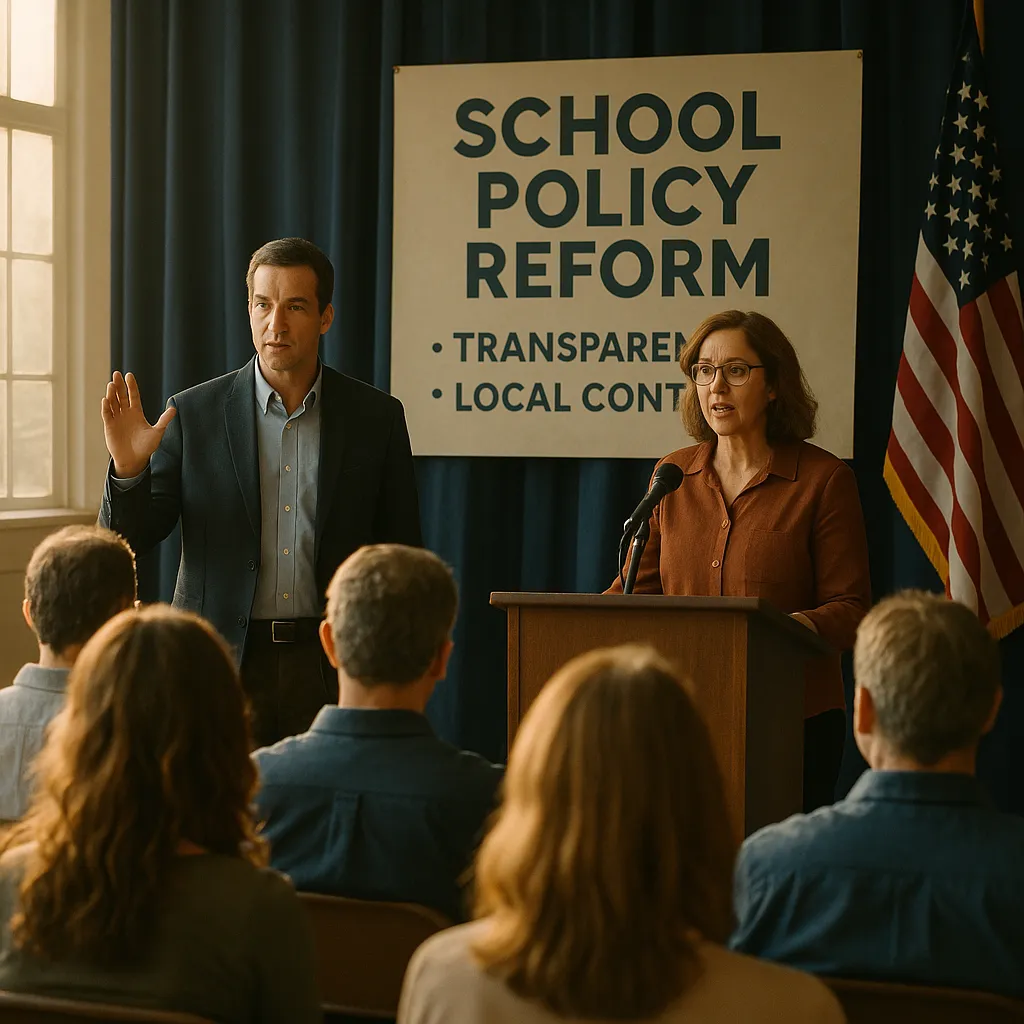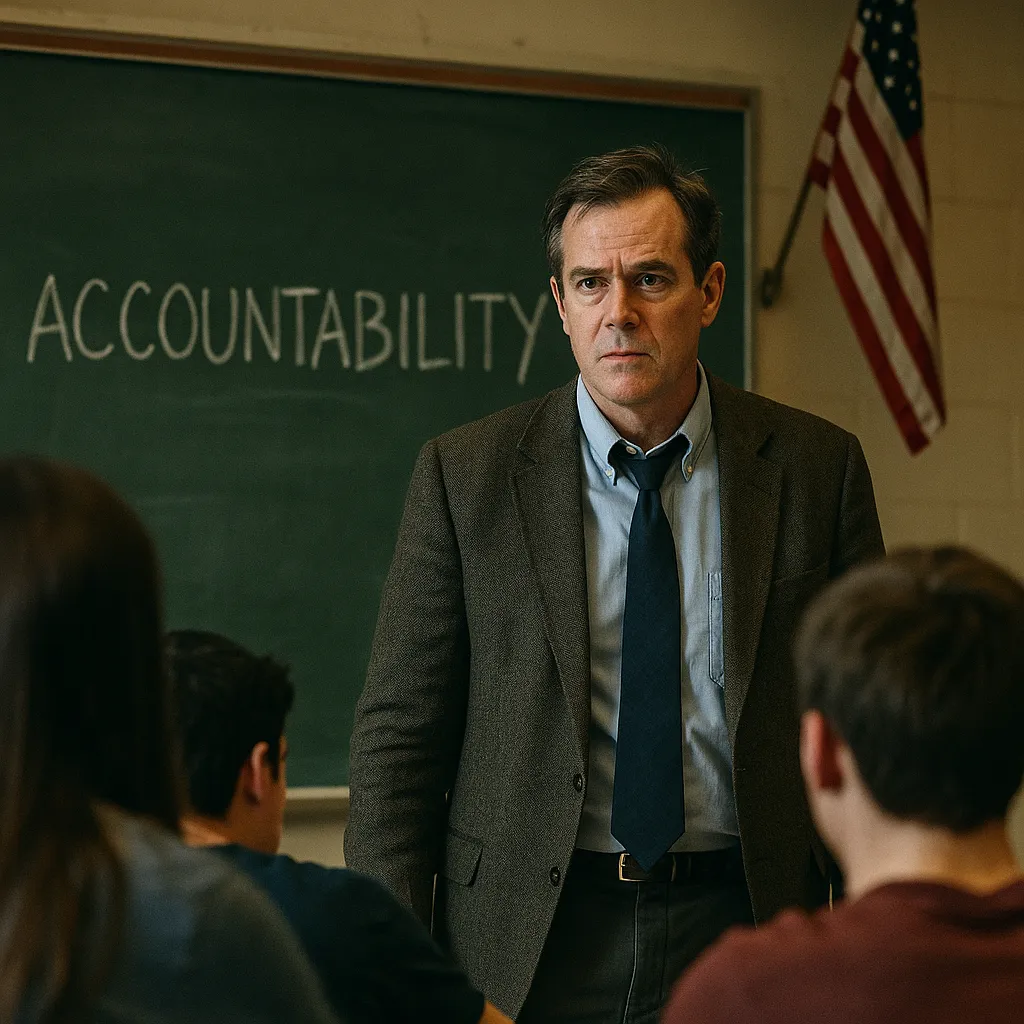On Monday, the New York State Board of Regents will vote on proposed changes to the Annual Professional Performance Review (APPR). If you thought APPR was bad before, it’s about to become much worse.
The heart of the problem? Under the new plan, 50% of a teacher’s evaluation will depend on student performance.For teachers of grades 3–8 in Common Core English and math, that figure jumps to either 80% or a full 100% based on state test results.
Misleading Claims and a Dangerous Matrix Model
Despite claims by the New York State School Boards Association that test scores are not equally weighted with observations, the evaluation model clearly shows otherwise. The matrix used to combine both components consistently produces the same rating outcomes regardless of which category is stronger.
In the past, a teacher could receive an “Ineffective” growth score and still be rated “Effective” overall. The new system eliminates that possibility. An Ineffective growth score now guarantees a teacher will be rated no higher than “Developing.”
The False Promise of Optional Measures
The NYSED presentation suggests that districts can choose alternate ways to measure student growth, such as performance-based tasks. But the options (detailed in slides 16 and 19) are simply repackaged versions of Common Core test data. Whether state-computed, school-wide, or locally generated, these growth scores are still tied to the same flawed standardized tests.
Districts technically can choose a state-approved alternative assessment, but it can account for only 20% of the evaluation. That means the remaining 80% still comes from state test growth scores—locking teachers into a test-driven system.
Teachers in subjects not currently covered by standardized testing—like arts, PE, and many high school courses—can still use Student Learning Objectives (SLOs). But this may be temporary. The State Education Department is already exploring new “growth metrics” and formulas to rate every teacher on a standardized curve, using vague phrases like:
“Explore new covariates… multi-year growth models… normative methods to determine HEDI ratings…”
Translation? Get ready for bell curves, black-box formulas, and meaningless ratings created by people far removed from real classrooms.
Mandated Outside Observations and Absurd Rules
The new plan introduces mandatory outside observers for 10% of a teacher’s evaluation. In some districts, these observers might review video recordings instead of visiting classrooms. Some fear unqualified, low-paid contractors will be hired to complete these evaluations—perhaps even those hired through platforms like Craigslist.
Teachers are no longer allowed to submit additional materials—no student projects, lesson plans, or evidence of parent communication—unless it happens live during the observation cycle. Even conversations with supervisors must be “natural” and informal. The directive makes a mockery of authentic evaluation and strips teachers of professional dignity.
Regents Divided: A Moment of Truth Approaches
At Monday’s meeting, seven Regents will present a proposal to delay implementation of the regulations and demand meaningful reform. These are experienced educators and leaders standing against a system that devalues teaching and learning.
Chancellor Tisch may express sympathy for critics, but she played a major role in shaping the policy. In a letter to Governor Cuomo’s staff, Tisch outlined the very plan the Regents are now being asked to adopt—without consultation from other board members.
Who Will Stand Up for New York’s Teachers and Students?
Cuomo and Tisch are clear drivers of these misguided reforms, but the entire Board of Regents and the State Legislature share responsibility. There is still time to delay the vote, rewrite the rules, and bring back sanity to how we evaluate teaching.
This week’s vote will show who truly supports students and educators—and who’s just following orders. These regulations threaten to reduce education to numbers and punish great teachers based on flawed test design. Parents, educators, and policymakers must demand better.



